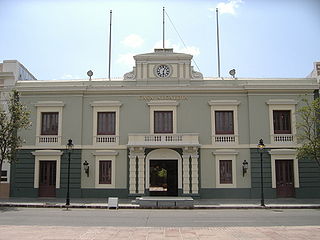
A municipality is usually a single administrative division having corporate status and powers of self-government or jurisdiction as granted by national and regional laws to which it is subordinate.

Shanghai is a direct-administered municipality and the most populous urban area in China. The city is located on the Chinese shoreline on the southern estuary of the Yangtze River, with the Huangpu River flowing through it.

Jiading is a suburban district of Shanghai. As of the 2020 Chinese census, it had a population of 1,834,258.

Katsuo Okazaki was a Japanese sportsman, diplomat and political figure. He served as the Japanese foreign minister in the 1950s. He was also the final – and only Japanese – chairman of the Shanghai Municipal Council.

The January 28 incident or Shanghai incident was a conflict between the Republic of China and the Empire of Japan. It took place in the Shanghai International Settlement which was under international control. Japanese army officers, defying higher authorities, had provoked anti-Japanese demonstrations in the International Settlement following the Japanese invasion of Manchuria. The Japanese government sent militant ultranationalist Japanese Buddhist priests belonging to the Nichiren sect to Shanghai. The monks shouted anti-Chinese, pro-Japanese nationalist slogans in Shanghai, promoting Japanese rule over East Asia. In response, a Chinese mob formed killing one monk and injuring two. In response, the Japanese in Shanghai rioted and burned down a factory, killing two Chinese. Heavy fighting broke out, and China appealed with no success to the League of Nations. A truce was finally reached on May 5, calling for Japanese military withdrawal, and an end to Chinese boycotts of Japanese products. It is seen as the first example of a modern war waged in a large city between two heavily equipped armies and as a preview of what was to come during the Second World War.

The Shanghai International Settlement originated from the 1863 merger of the British and American enclaves in Shanghai, in which British and American citizens would enjoy extraterritoriality and consular jurisdiction under the terms of unequal treaties agreed by both parties. These treaties were abrogated in 1943.
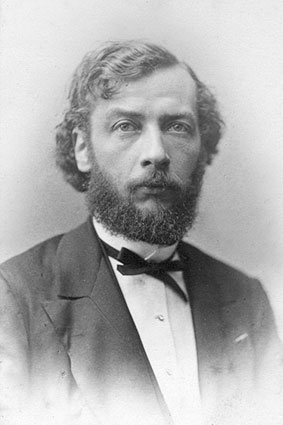
Gijsbert van Tienhoven was a liberal Dutch politician. He started his political career in the municipal council and executive of Amsterdam, and served as mayor of Amsterdam from 1880 to 1891. He spent one year in the House of Representatives and eleven years in the Senate before being appointed formateur after the 1891 general election. For three years, he served as Prime Minister of the Netherlands and Minister of Foreign Affairs before his cabinet fell in 1894. He also served as Queen's Commissioner of North Holland for fourteen years, between 1897 and 1911.

The history of Shanghai spans over a thousand years and closely parallels the development of modern China. Originally a small agricultural village, Shanghai developed during the late Qing dynasty (1644–1912) as one of China's principal trading ports. Although nominally part of China, in practice foreign diplomats controlled the city under the policy of extraterritoriality. Since the economic reforms of the early 1990s the city has burgeoned to become one of Asia's major financial centers and the world's busiest container port.
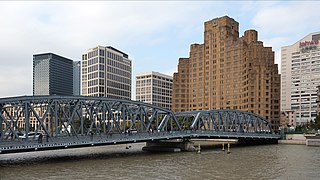
The Waibaidu Bridge, called the Garden Bridge in English, is the first all-steel bridge, and the only surviving example of a camelback truss bridge, in China. The present bridge is the fourth Western-designed bridge built at its location since 1856, in the downstream of the estuary of the Suzhou Creek, near its confluence with the Huangpu River, adjacent to the Bund in central Shanghai. It connects the Huangpu and Hongkou districts and was opened on 20 January 1908. With its rich history and unique design the Waibaidu Bridge is one of the symbols of Shanghai. Its modern and industrial image may be regarded as the city's landmark bridge. On 15 February 1994 the Shanghai Municipal Government declared the bridge an example of Heritage Architecture, and one of the outstanding structures in Shanghai. In an ever-changing metropolis, the Waibaidu Bridge still remains a popular attraction, and one of the few constants in the city skyline.

The May Thirtieth Movement was a major labor and anti-imperialist movement during the middle-period of the Republic of China era. It began when the Shanghai Municipal Police opened fire on Chinese protesters in Shanghai's International Settlement on 30 May 1925. The shootings sparked international censure and nationwide anti-foreign demonstrations and riots such as the Hands Off China protests in the United Kingdom.

The Shanghai Municipal Police was the police force of the Shanghai Municipal Council which governed the Shanghai International Settlement between 1854 and 1943, when the settlement was retroceded to Chinese control.
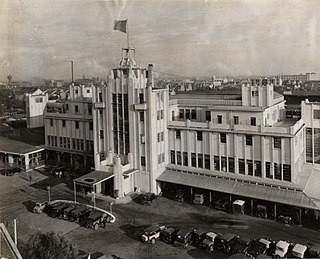
The Shanghai Culture Plaza precinct is a park and cultural precinct in Shanghai's Luwan District, in the former French Concession of Shanghai, China. The area began as the Canidrome, a stadium structure originally built for greyhound racing in 1928.
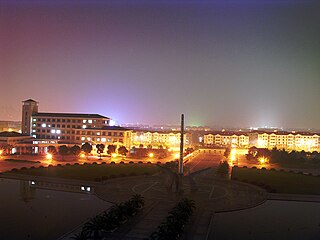
The Shanghai Lixin University of Accounting and Finance is a municipal public college in Shanghai, China. It is affiliated with the City of Shanghai and funded by the Shanghai Municipal Government.

The Tilanqiao Prison, formerly known as the Ward Road Gaol or Shanghai Municipal Gaol, is a former prison in Hongkou District of Shanghai, China. Originally built in the foreign-controlled Shanghai International Settlement, following the Chinese Communist Revolution it was run by the Ministry of Public Security. Throughout the first forty or so years of its life it was the largest prison in the world and earned a reputation as the "Alcatraz of the Orient".

The Shanghai Volunteer Corps (SVC) (1853−1942) was a multinational, mostly volunteer force controlled by the Shanghai Municipal Council which governed the Shanghai International Settlement.

Richard Feetham CMG (1874–1965) was a lawyer, politician and judge in South Africa. He was also the chairman of a number of high-profile international and domestic commissions.

Huaihai Road or Huaihai Lu is a road in Shanghai, China. The central section of Huaihai Road is one of the two major shopping streets in central Shanghai; the other is Nanjing Road. Compared with the more touristy Nanjing Road, Huaihai Road is more upscale, and is the preferred destination of local residents. Huaihai Road comprises three sections, the main section being Middle Huaihai Road in the former French Concession of Shanghai. Middle Huaihai Road is also well known by its former French name Avenue Joffre. Huaihai Road East was in the original French Concession and was formerly known as Rue Ningpo (寧波路), while Huaihai Road West was an extra-settlement road built by the Shanghai International Settlement and formerly known as Jordan Road (喬敦路)
The following is a timeline of the history of the city of Shanghai in China.
Albert Robson Burkill was the Chairman of the Shanghai Municipal Council in from 1897 to 1898.
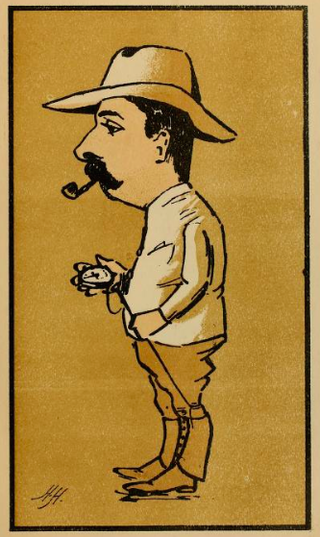
Edward Albert Probst was the Chairman of the Shanghai Municipal Council in from January 1897 to May 1897 when he resigned due to vote of no confidence in the council.



















